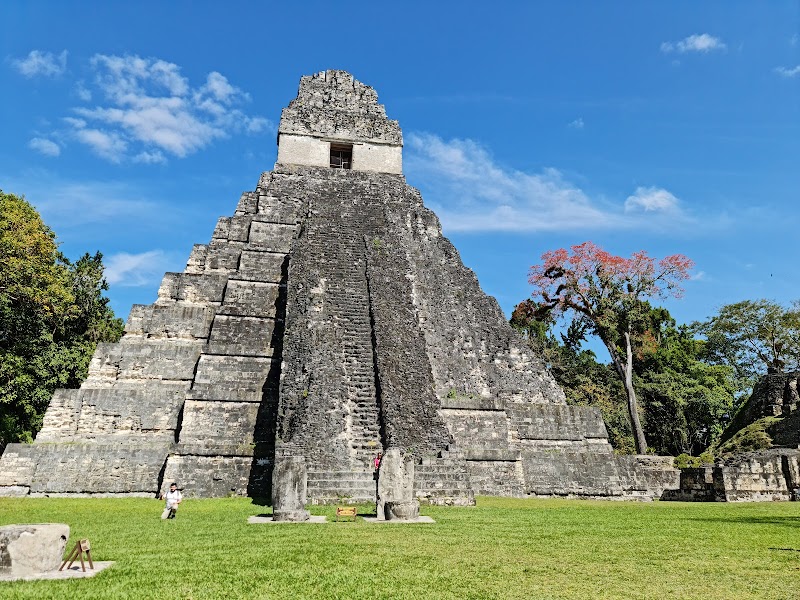
Maya Biosphere Reserve Adventures
The Maya Biosphere Reserve is the largest protected tropical forest area in Central America, offering exceptional biodiversity, ancient Mayan ruins, and vast opportunities for nature exploration and wildlife viewing.
About Maya Biosphere Reserve

Established in 1990, the Maya Biosphere Reserve spans over 2.1 million acres of dense tropical rainforest in northern Guatemala's Petén Department. It serves as a critical refuge for countless plant and animal species in the region, including jaguars, howler monkeys, scarlet macaws, and the endangered Guatemalan black howler monkey. The reserve encompasses a diverse range of ecosystems from flooded forests and savannas to mountainous terrain, fostering remarkable ecological richness. In addition to its ecological importance, the reserve is culturally significant, containing some of the most iconic ancient Maya archaeological sites such as Tikal, Yaxhá, and Uaxactún, allowing visitors a unique combination of natural beauty and historical exploration. Outdoor enthusiasts can engage in hiking, wildlife viewing, birding, canoeing, and guided jungle treks. The reserve is subdivided into various zones including national parks, multiple use zones, and community forestry concessions, promoting sustainable use and conservation efforts. Remote and vast, the Maya Biosphere Reserve challenges visitors with rugged terrain and limited infrastructure, making it ideal for adventurous travelers seeking off-the-beaten-path wilderness and rich cultural heritage.
Highlights
Tikal National Park – ancient Maya city with impressive pyramids and temples
Rich biodiversity including endangered jaguars and scarlet macaws
Yaxhá archaeological site set within the jungle with stunning lake views
Community forestry concessions practicing sustainable logging and conservation
Notable Natural Features
Tikal National Park
One of the largest and most famous Maya archaeological sites, featuring towering pyramids and a rich cultural history surrounded by pristine rainforest.
Gran Reserva
A core protected zone of the Biosphere Reserve that maintains untouched tropical forest critical for jaguar and other wildlife conservation.
Community Forest Concessions
Zones managed by local communities that balance sustainable timber extraction and biodiversity protection.